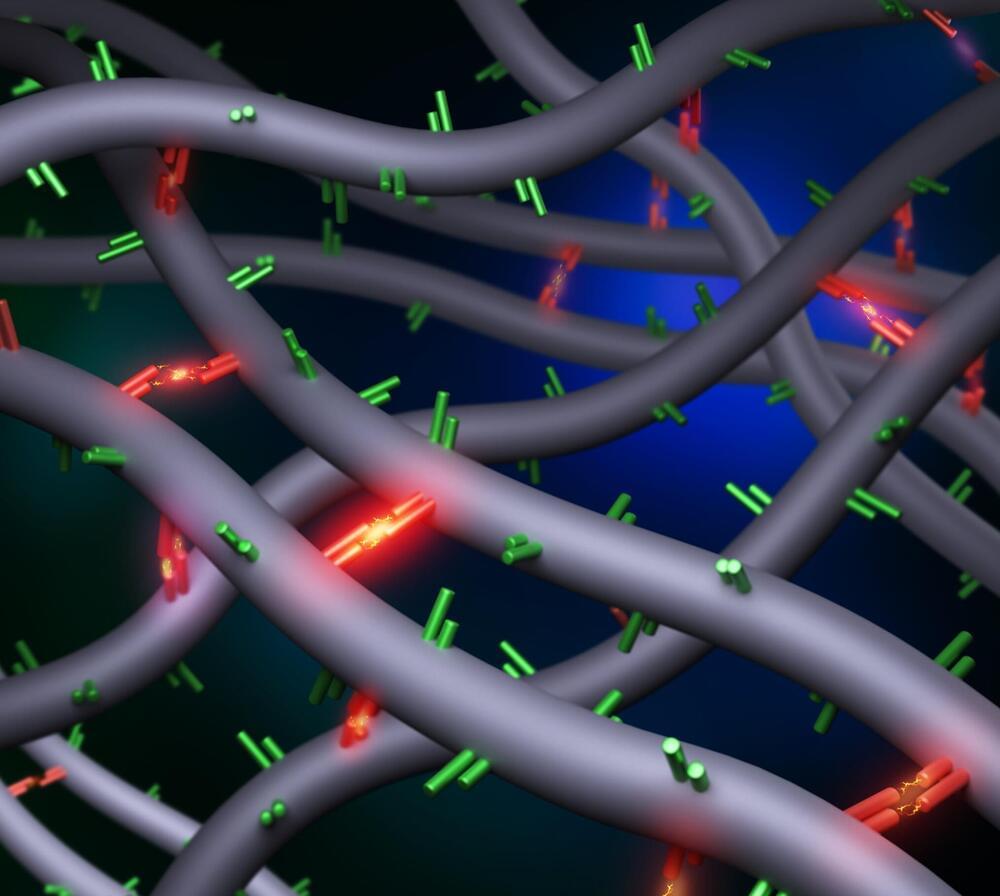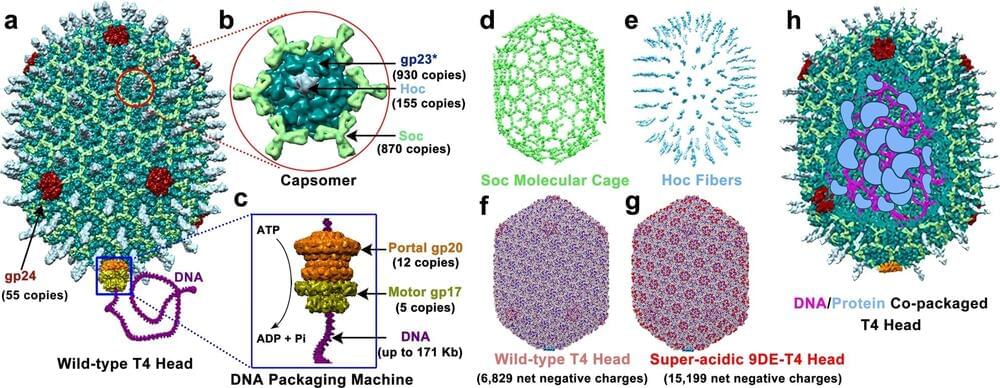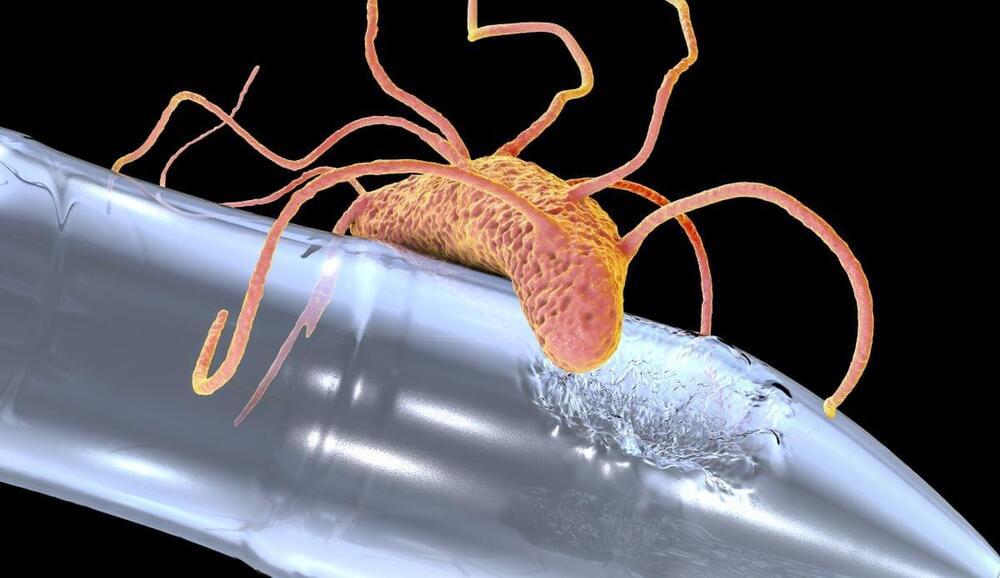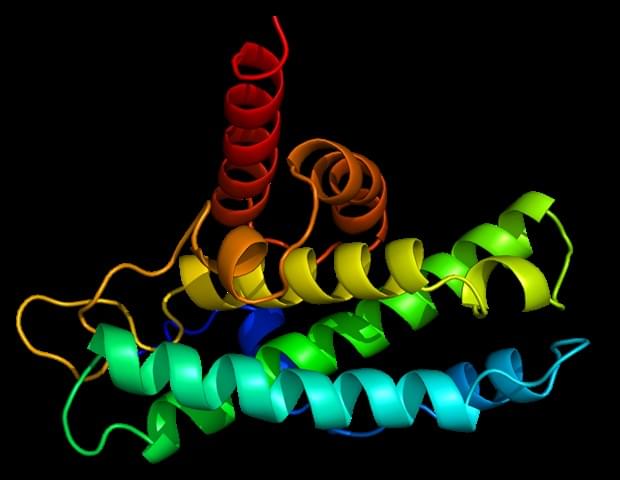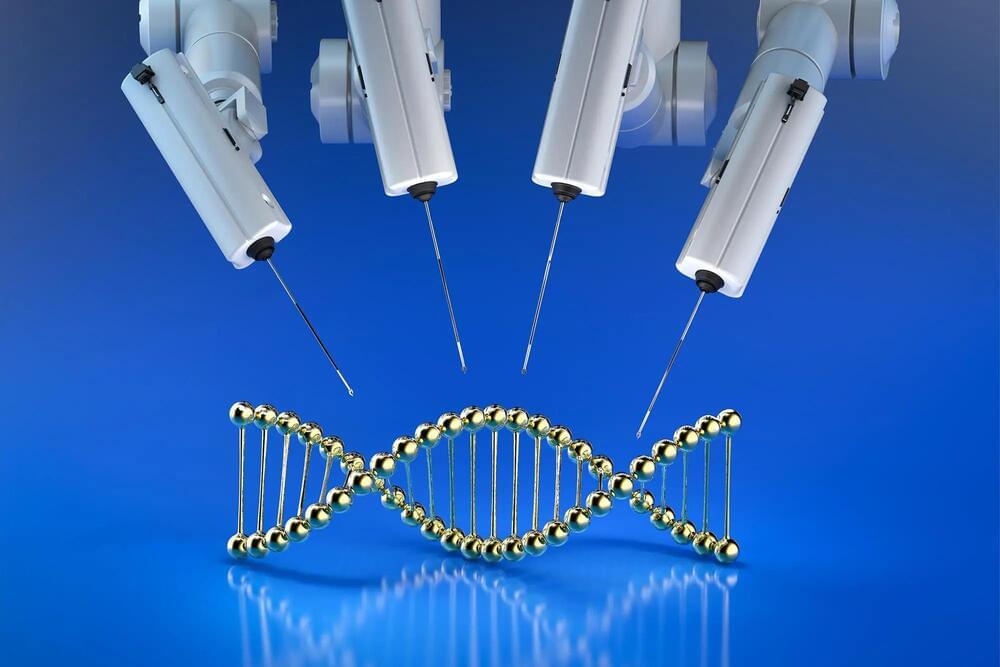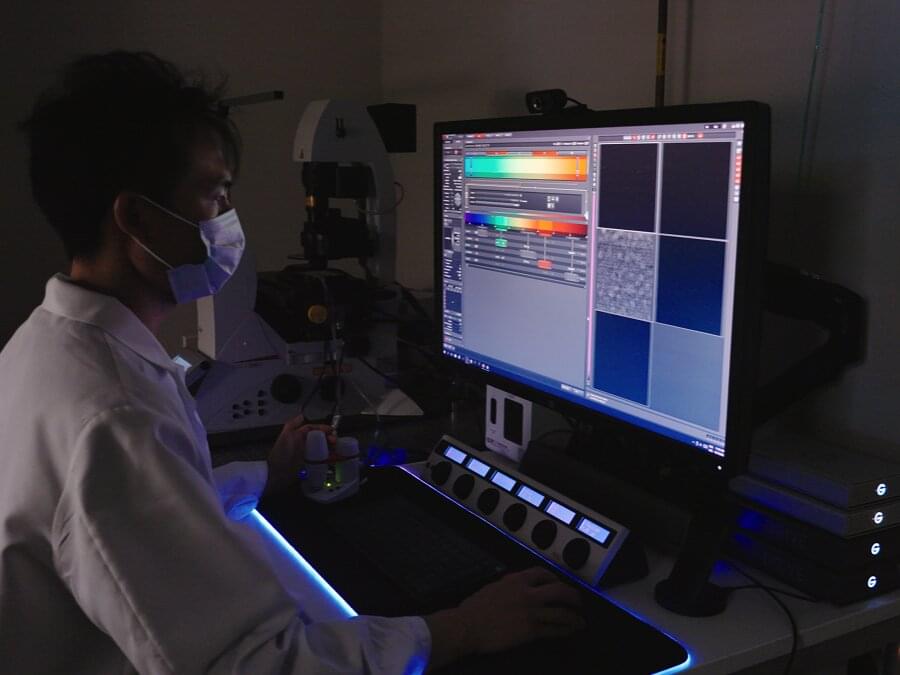Jun 3, 2023
Discovery challenges 30-year-old dogma in associative polymers research
Posted by Genevieve Klien in categories: bioengineering, chemistry
A University of Virginia-led study about a class of materials called associative polymers appears to challenge a long-held understanding of how the materials, which have unique self-healing and flow properties, function at the molecular level.
Liheng Cai, an assistant professor of materials science and engineering and chemical engineering at UVA, who led the study, said the new discovery has important implications for the countless ways these materials are used every day, from engineering recyclable plastics to human tissue engineering to controlling the consistency of paint so it doesn’t drip.
The discovery, which has been published in the journal Physical Review Letters, was enabled by new associative polymers developed in Cai’s lab at the UVA School of Engineering and Applied Science by his postdoctoral researcher Shifeng Nian and Ph.D. student Myoeum Kim. The breakthrough evolved from a theory Cai had co-developed before arriving at UVA in 2018.
